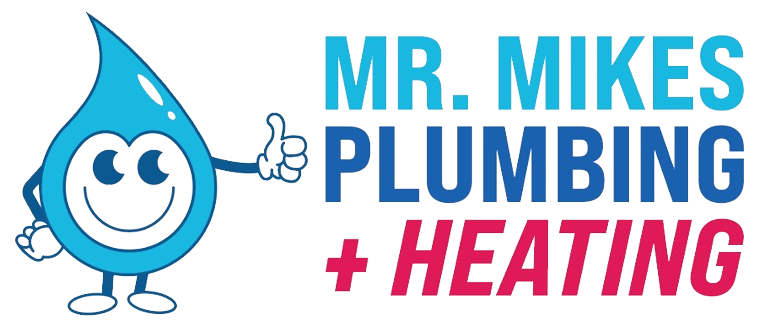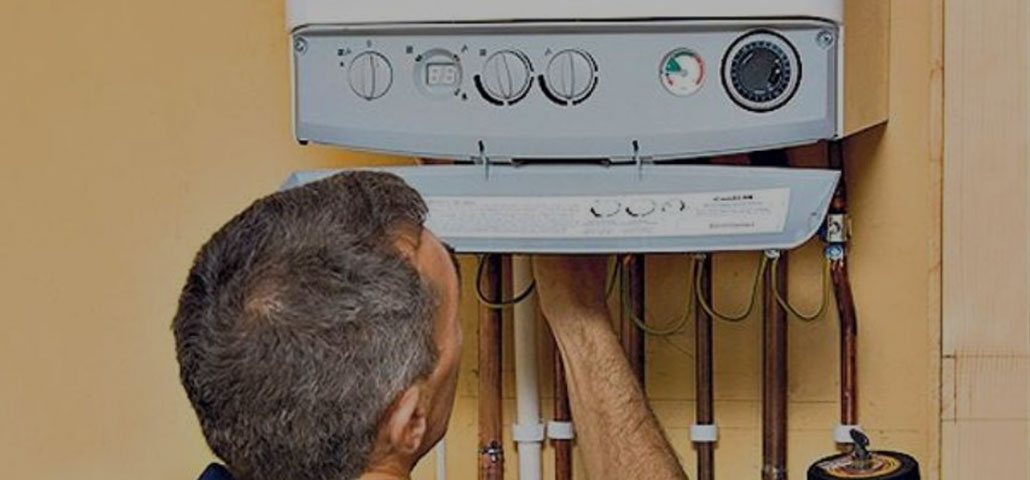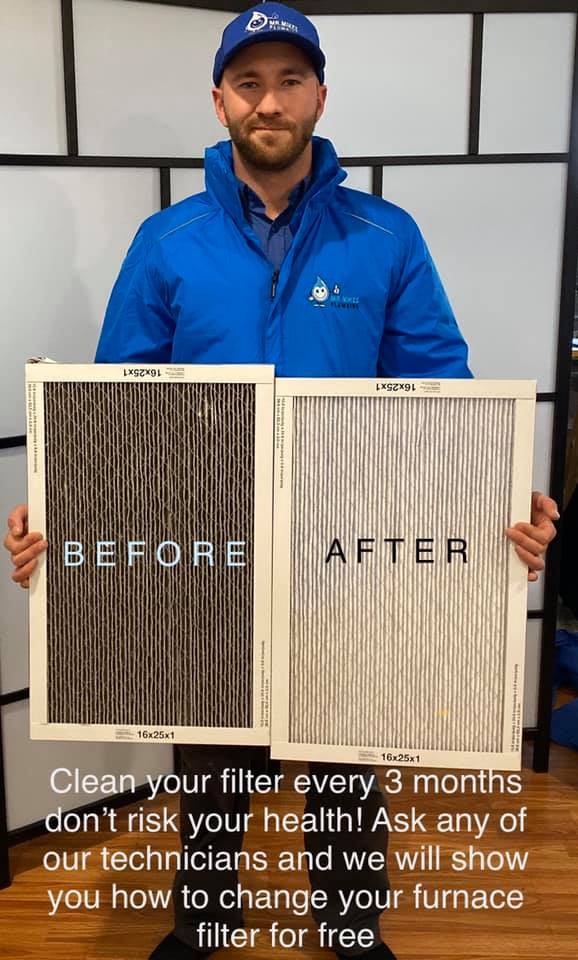
Plumbing Services for Commercial Buildings in Calgary
October 26, 2016
Calgary Plumber to Repair Leaks
November 5, 2016Your poor old boiler might also be costing you the earth.
A condensing boiler with a full set of modern heating controls could cut your heating bills by up to a third – and help you do your bit for the planet, too.
So, is it time you thought about a new heating system?
Around 60 per cent of carbon dioxide (CO2 ) emissions from your home are down to your boiler. With an efficient new boiler, you could save up to 875kg of CO2 and $110 a year. Add in a full set of heating controls as well as a new boiler, and you will increase the savings to $190–$230 and 1.7 tonnes of CO2 a year.
Yes, that’s money and energy all saved in one household purchase. And remember, by saving energy, you’ll be helping to fight climate change at the same time. In most cases, the ‘right’ boiler will mean a condensing boiler. In fact, exceptional circumstances aside, all new gas and oil central heating boilers fitted in the US must now be condensing boilers by law.
What’s so good about condensing boilers?
Condensing boilers can be easily fitted to most new and old heating systems.
What makes them better than older, non-condensing boilers is their efficiency: they waste far less energy. While poor old non-condensing boilers convert just 60 per cent of their fuel into heat, the efficiency rate of modern A-rated condensing boilers is at least 90 per cent. Put simply with a noncondensing boiler every $40 of a $100 bill is in wasted heat whereas with a condensing boiler only $10 of a $100 bill is in wasted heat.
An A-rated condensing boiler will therefore use a third less fuel than an older boiler to provide the same amount of heat – cutting heating bills and CO2 emissions by up to a third too.
All of which makes condensing boilers the most efficient boilers on the market.
What sort of boiler do you have at the moment?
To tell a condensing boiler from a noncondensing boiler, look at the flue that sticks out from the outdoor wall adjacent to your boiler – and the type of waste heat it lets out into the atmosphere. A flue is the pipe that takes the exhaust gases generated by your boiler and passes them out through the wall or roof – letting them escape into the air. The end of the flue is covered by a metal or plastic protective cover, which makes sure that a good flow of air is maintained. If the flue is made of plastic and lets out visible steam when the boiler is firing, then congratulations: you are likely to have a condensing boiler already. If the flue is made of metal and no steam is visible, you are likely to have a noncondensing
boiler. These older boilers let out much hotter gases that are invisible to the naked eye – and would melt a plastic flue.
How does a condensing boiler work?
Condensing boilers get their name because they condense periodically. In other words, they extract heat from the exhaust gases that would otherwise escape through the flue – turning water vapour from the gas back into liquid water or condensate. A condensing boiler captures much more usable heat from its fuel than a noncondensing boiler. Its high operating efficiency is made possible by the design of the condensing boiler’s larger – or sometimes dual – heat exchanger. The heat exchanger makes sure that as much heat as possible is transferred from the boiler’s burner – and as little as possible lost in gases through the flue. There are two types of condensing boiler: regular and combination. Regular condensing boilers heat your hot water through a hot water cylinder. Combination condensing boilers give you instant hot water without the need for a cylinder.
Please bear in mind that not all home heating systems will be compatible with a combination boiler. A qualified installer will tell you which type of condensing boiler, regular or combination, is most suitable for your home.
Hot fact
If everyone in the US with gas central heating installed a condensing boiler, we would save enough energy to heat 3.7 million homes for a whole year and save more than 13 million tonnes of CO2.
Using heating controls correctly is the easiest way to keep your rooms at a comfortable temperature. And in doing so, they’ll help to reduce your household’s fuel bills and CO2 emissions, too. In fact, fitting the correct heating controls could save you up to 17 per cent of your heating bill. What’s more, fitting a condensing boiler with a full set of heating controls could save up to 40 per cent of your fuel bill: around $190 to $230 a year off the average bill.
As their name implies, heating controls allow you to choose when the heating is on, how warm it is, and where you want the warmth. They will also make sure that the boiler is only turned on when it needs to be.
What makes a full set of heating controls?
A properly controlled heating system should typically have:
• A time programmer.
• A room thermostat.
OR:
• A combined programmable room thermostat – instead of a separate programmer and room thermostat.
PLUS:
• A cylinder thermostat – if your home has a regular condensing boiler with a hot water cylinder.
• Thermostatic radiator valves (TRVs).



